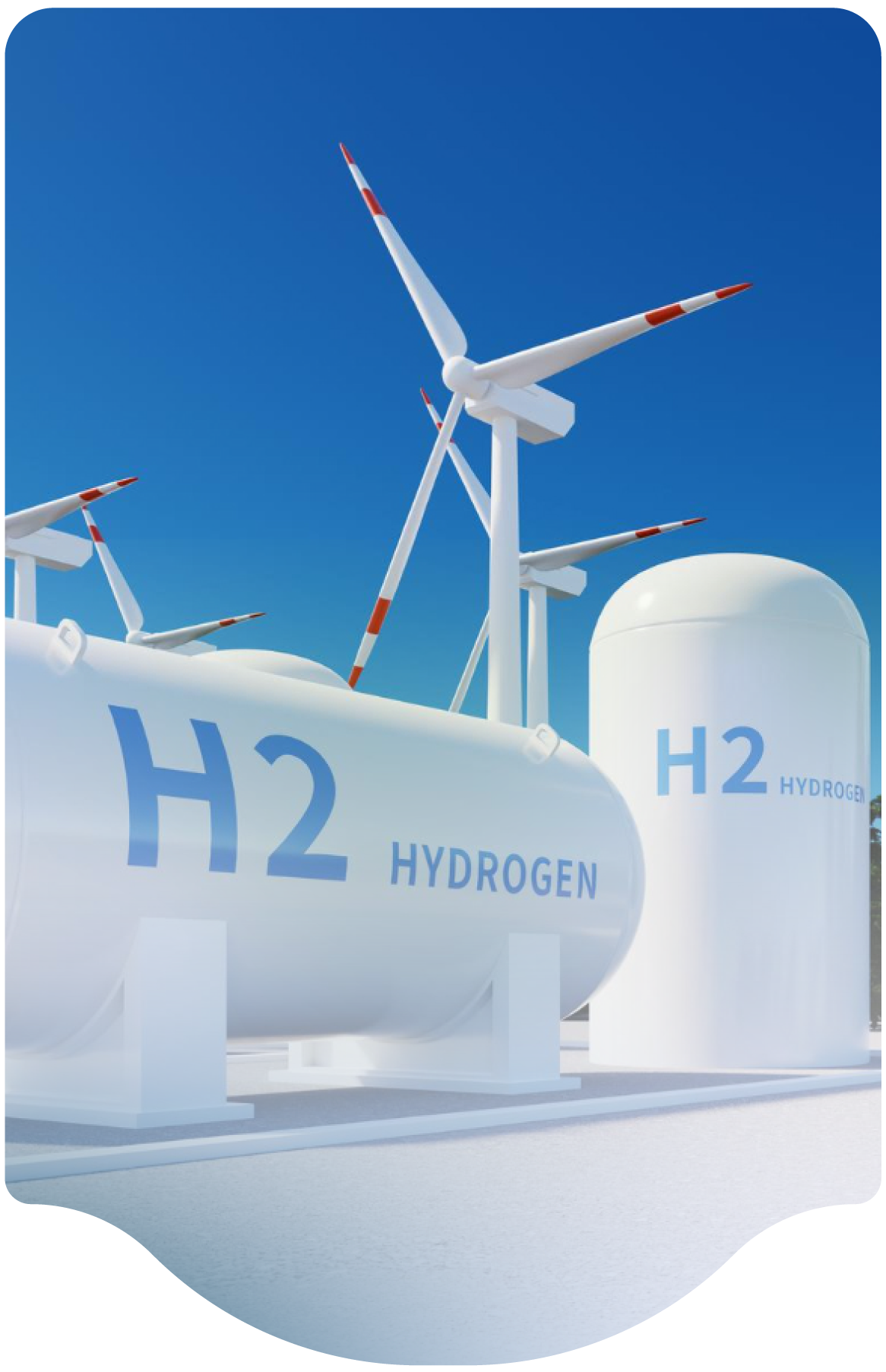- Home
-
Resources
- Center for Hydrogen Safety
- Hydrogen Fuel Cell Codes and Standards
- Learnings & Guidance
- Paper & References
- Web-based Toolkits
- Workforce Development

- Contact
- About H2Tools
- Welcome to the Hydrogen Tools Portal
- helpdesk@h2tools.org
FAQ
Frequently Asked Questions
Question & Answer
- 269 results found
- Clear All
There are numerous models that can be used to assess the consequence and risk of leaks and releases.
One such model is HYRAM which is publicly available from Sandia and the US DOE.
Category: Hazards Analysis
Keywords: Leak, Simulation Models, HYRAM, Risk Assessment
Emergency response procedures must be developed for each system based on its design. The
procedures generally include steps to clear personnel from the immediate area, isolate the hydrogen,
shut down the equipment, contact local responders, and protect surrounding equipment/structures until
the hazard is mitigated or the incident is over.
Category: Hazards Analysis
Keywords: Emergency Response
Both types of valve actuators are used, and both offer advantages and disadvantages for a given application.
Category: System Design
Keywords: Valve Actuators, Pneumatic Valves, Electric Valves, Fueling Station
In most cases, it is not necessary to depressurize hydrogen systems in an emergency. Pressure vessels are usually isolated in an emergency. The best actions to assure safety during an emergency should be identified during the hazard analysis.
Category: Pressure Relief Devices
Keywords: Emergency Response
Each installation should be evaluated based on the results of a hazard analysis considering both of these
scenarios. Separation distances as listed in documents such as NFPA 2, Hydrogen Technologies Code, are
a minimum starting point but may need to be adjusted based on analysis. Recent work by NFPA 2 has
also included overpressure criteria, but the consequences can vary depending on…
Category: Site Planning
Keywords: Separation Distance, Overpressure, Jet Fire, NFPA 2
The containerized electrolysis unit should be installed per manufacturer instructions, the requirements
of its listing such as to ISO 22734, Hydrogen generators using water electrolysis - Industrial, commercial,
and residential applications, and NFPA 2, Hydrogen Technologies Code. A primary consideration for
indoor installation is the potential for hydrogen releases from the system,…
Category: System Design
Keywords: Electrolyzer, ISO Standards, Ventilation
The conversion is based on the condition as determined from a variety of non-destructive techniques which are commonly used for pipeline mechanical integrity programs. Existing natural gas pipelines are frequently evaluated for conversion to hydrogen, hydrogen-natural gas blend, and other fluid services.
The conversion can be done safely if handled with the proper expertise and…
Category: Piping
Keywords: Natural Gas, Pipeline
Most common odorants will contaminate fuel cells. Additionally, hydrogen's small molecule and high buoyancy make it challenging to find a compatible odorant. Research is being conducted on fuel cell compatible odorants, but there are none currently in use. Like liquefied natural gas, liquid hydrogen also can’t be odorized due to its cryogenic temperature.
Category: Properties
Cylinders used within a laboratory can be used safely by meeting the requirements prescribed in NFPA 2,
Hydrogen Technologies Code, and NFPA 45, Standard on Fire Protection for Laboratories Using Chemicals.
Special consideration should be given to both safe handling and storage of cylinders. Regarding lecture
size cylinders, their small size can make them susceptible to damage and…
Category: Lab Equipment
Composite cylinders can be manufactured to standards written by CSA, ASME, and ISO depending on the application and local requirements. Several ISO standards can serve as the basis for composite cylinder approvals within North America.
Category: Storage
Keywords: Composite Cylinders, Storage, ASME Standards, CSA Standards, ISO Standards
We are professional and reliable provider since we offer customers the most powerful and beautiful themes. Besides, we always catch the latest technology and adapt to follow world’s new trends to deliver the best themes to the market.
Contact info
We are the leaders in the building industries and factories. We're word wide. We never give up on the challenges.
- 2 Queen Street,California, USA
- (+84) 04 123 456
- :Helpdesk@h2tools.org
